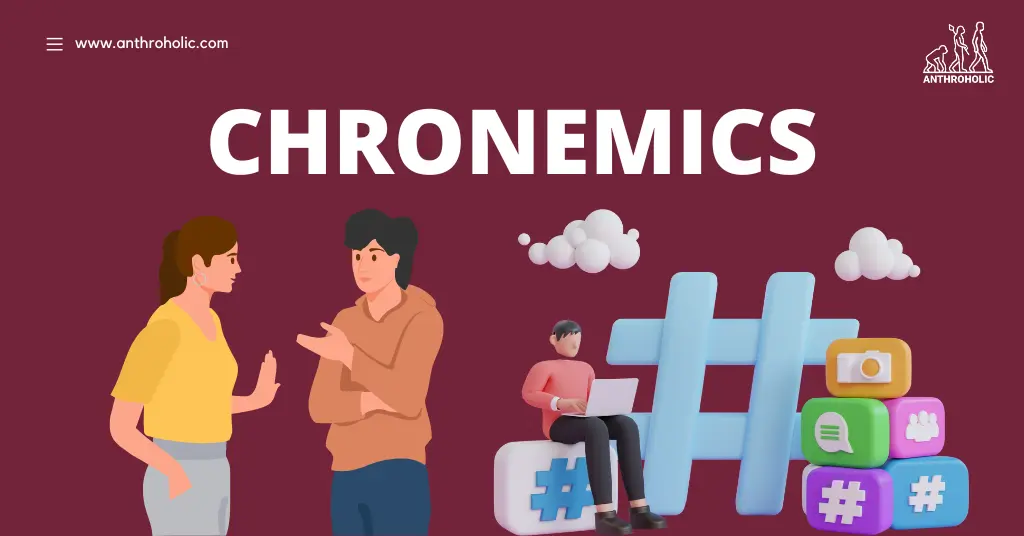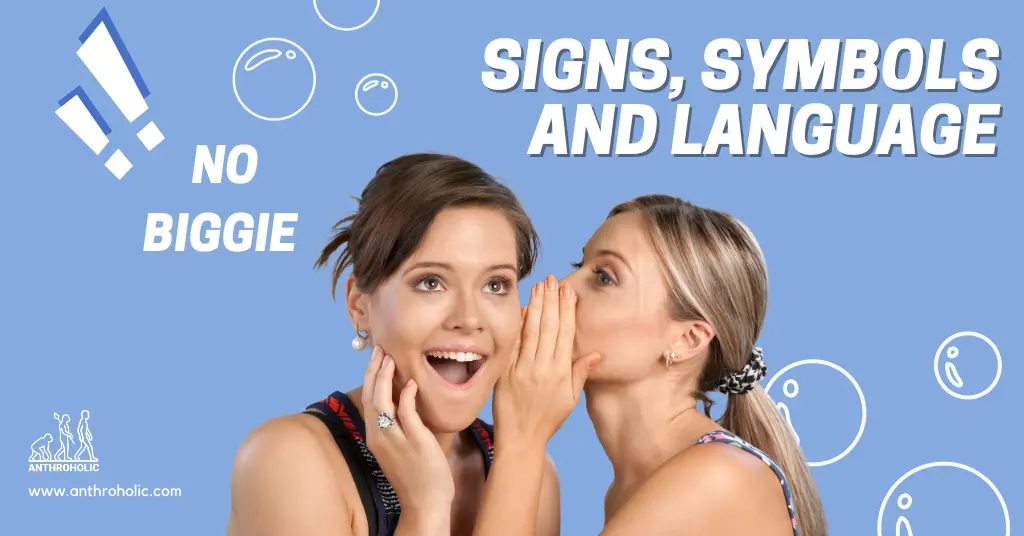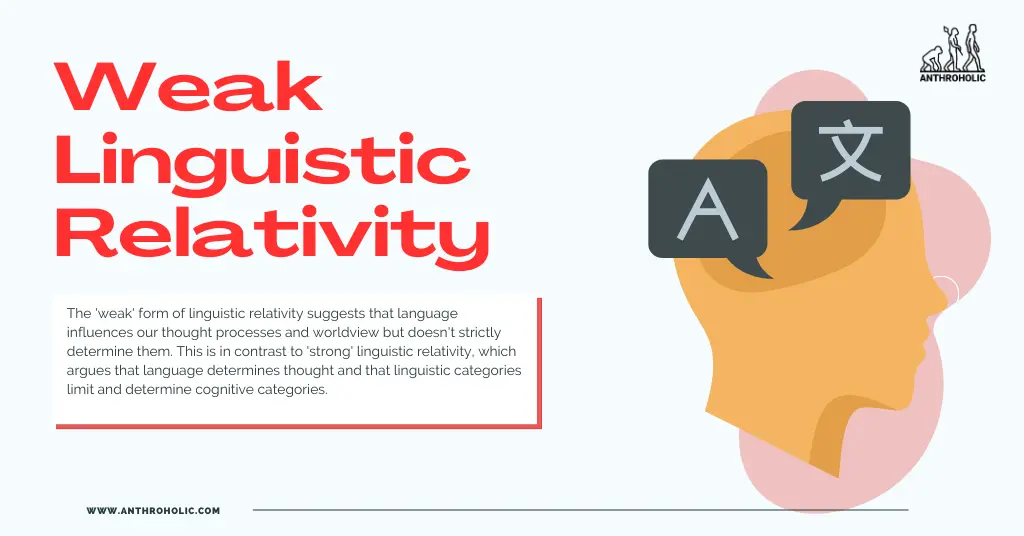AI Answer Evaluation Platform Live Now. Try Free Answer Evaluation Now

Descriptive Linguistics
Descriptive linguistics is an essential branch of anthropological research focused on the scientific analysis and description of human languages. It involves understanding language in terms of its structure (syntax, semantics, and phonology) and function (how it is used in social contexts) [1].










